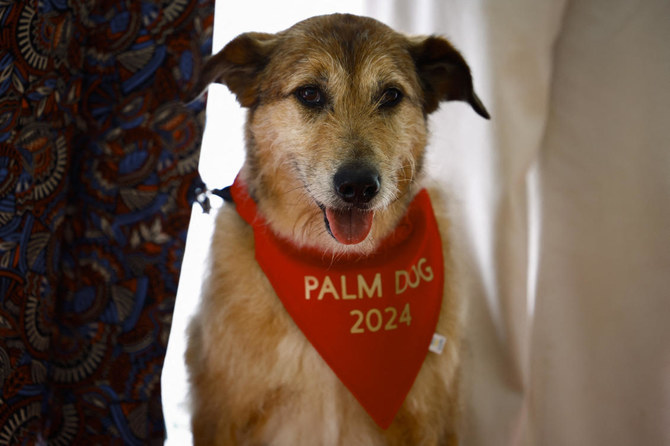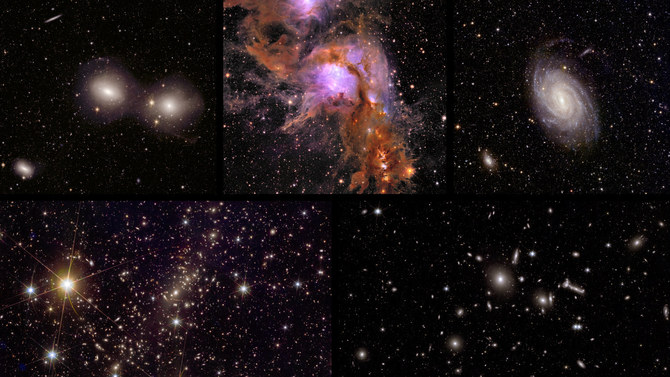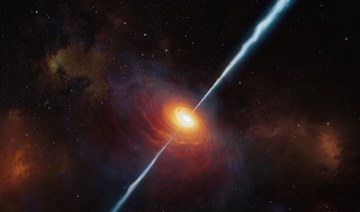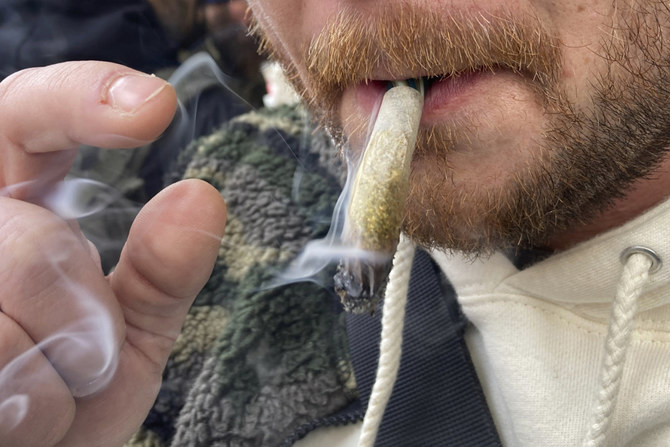We are living in a time when virtue is losing its importance. The race for a material life has set many of us on a path where the end justifies the means. Virtue has become a hindrance. The road to wealth is often much shorter if you are devoid of moral and ethical standards. How does society understand morality and human nature? How do people react to shameful behavior?
Chris Walsh, associate director of the College of Arts and Sciences Writing Program at Boston University, is the author of “Cowardice: A Brief History,” the only full-length study of cowardice, now published in a paperback edition.
It seems difficult to believe that nothing has been written about cowardice. Yet a Spanish proverb which translates as “of cowards, nothing is written” reminds us of the relative absence of literature on the subject.
The Danish philosopher Soren Kierkegaard also believed that “there must be something wrong with coward liness since it is so detested, so averse to being mentioned, that its name has completely disappeared from use.”
In the introduction to Walsh’s book, we are told that Ian Miller, law professor and specialist in writing about the negative — “Humiliation” (1993), and “The Anatomy of Disgust” (1998) — was planning to write about cowardice in order to complete his trilogy of human baseness. He was unable to do this, however, and ended up writing “The Mystery of Courage.”
The concept of cowardice is in fact closely linked to the notion of courage. The Oxford Dictionary defines a coward as a person who is contemptibly lacking in the courage to do or to endure dangerous or unpleasant things. Or in other words, if one can grasp the meaning of cowardice, one should know how to act courageously.
Chris Walsh begins his study by showing how the idea of cowardice, so prevalent in American culture, dates back to 1758 during the French and Indian War. Samuel Davies — who would become president of the College of New Jersey, later Princeton University — was able to arouse people’s sense of patriotism and recruit men. In a famous speech on “The Curse of Cowardice,” he warned Virginians that the danger was imminent and cowardice was “now as execrable as ever.” Anyone refusing to fight incurred the risk of being branded a coward in the efforts to form “a new nation under the banner of courage.”
A few decades later, the fear of disgrace and dishonor if accused of cowardice led the US into a civil war. In the 1840s abolitionists claimed that secession was preferable to cowardly submission. Military justice also emphasized the gravity of being charged with cowardice. During the Civil War, a study of general court-martial cases on file shows that cowardice was a common charge along with desertion, shameful abandonment of post, and self-mutilation — all of which imply the notion of cowardice.
Walsh also sheds light on the importance of understanding cowardice in international politics. When Lyndon Johnson became president, his concern about cowardice triggered his decision to maintain American troops in Vietnam. Withdrawal would not only weaken the US position, encouraging a Soviet and Chinese retaliation, but it would also undermine his character and he would be seen as a coward. During a speech he made at a meeting of the National Security Council on Feb. 6, 1965 he stated: “Cowardice has gotten us into more wars than response has.”
In this history of cowardice, Walsh argues that the concept has evolved, especially in military settings. This happens when the army accepts the fact that fear triggers physiological changes in the body which affect our ability and awareness to act and respond to danger. In a booklet intended for American soldiers during World War II, one reads: “Don’t let anyone tell you you’re a coward if you admit being scared.”
Cowardice in the era of digital war
Modern warfare has also eased the soldier’s duty and the fear of cowardice is losing ground. Robots and drones are carrying out missions once left to human soldiers. In the era of digital war, an increasing number of specialized soldiers are facing computer screens rather than enemy weapons. Moreover, the fear of a nuclear war also affects our set of values. This happened to former US Ambassador to the UN Adlai Stevenson, who was advising president John F. Kennedy during the Cuban crisis. He recommended that the US remove its nuclear weapons from Italy and Turkey on the condition the Russians take theirs out of Cuba. Walsh quotes him as saying that most of the men in the room when he was giving the advice “will probably consider me a coward for the rest of my life for what I said today, but perhaps we need a coward in the room when we are talking about nuclear war.”
In one of the last chapters of the book, the author wonders if a person has medical reasons for failing to act valiantly during a war. In Homer’s “Iliad,” it is observed that “no one ever said men are equal in war.”
From ancient times up to the 19th century, there was a lack of medical vocabulary, or no way to explain the fear of war in a rational way. However, in 1980 in the aftermath of the Vietnam War the existence of a new psychological disorder known as post-traumatic stress disorder (PTSD) was validated by the American Psychological Association. This term encompasses war syndromes such as Gulf War Syndrome and Bosnia War Syndrome.
The biggest change, however, concerns the way citizens feel about the duty to defend their country. In France, military service has been abolished and the army consists of French citizens, male or female, who choose to enter the military and are trained and paid to be professional soldiers. A similar situation has developed in the US where the American military today draws on a much smaller proportion of the population than it formerly did. The majority of the population, whether in Europe or the US, does not feel the weight of war. To illustrate this point, a photograph that became popular on military blogs shows a white board where someone wrote: “America is not at war. The Marine Corps is at war; America is at the mall.”
As Walsh writes: “This disconnection between the general population and the all-volunteer military helps explain American enthusiasm for seeking military solutions. We are militarily active because most of us don’t have to pay the price for our military activity. This disconnection also helps explain why cowardice in the military is a topic too obscure and too sensitive to ponder for nonmilitary Americans.”
Although people rarely speak about it nowadays, cowardice for a long time was viewed as an evil moral defect. “Cowardice: A Brief History” gives us a fascinating look at how our perspectives on cowardice have evolved. Cowardice must not be feared excessively nor excused lightly but should encourage us to think critically about our duties and help us act ethically.
ALSO READ:

























